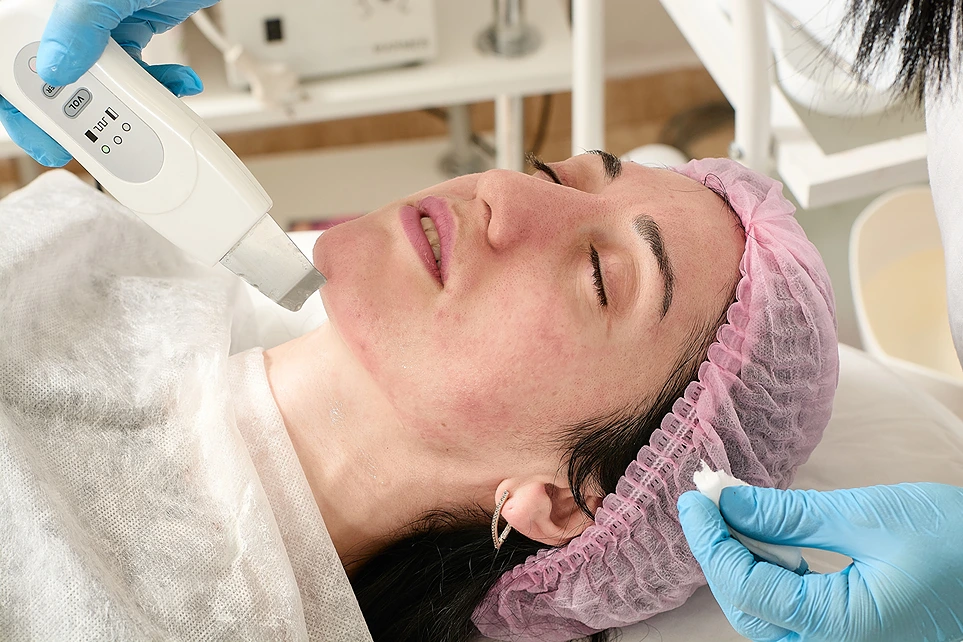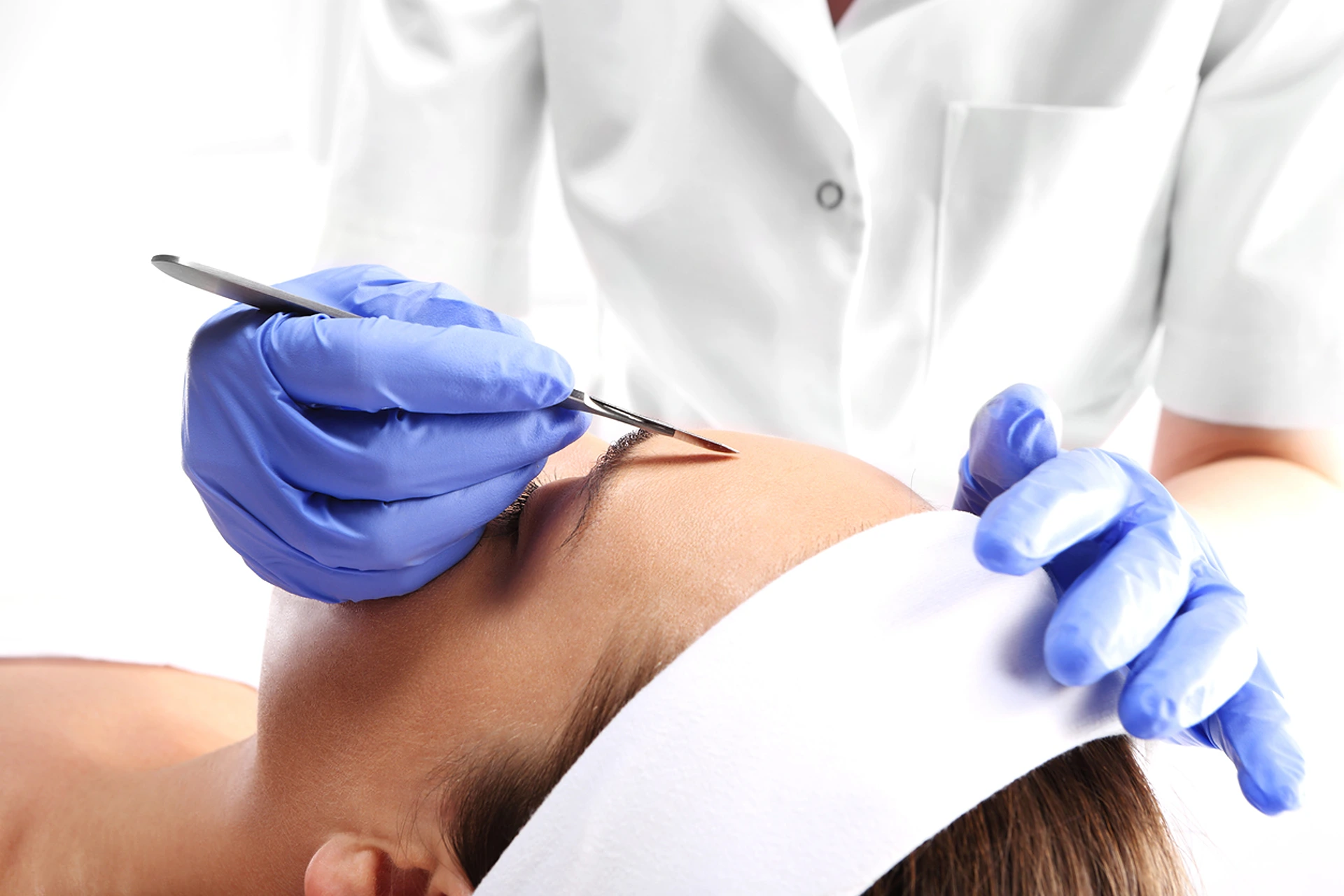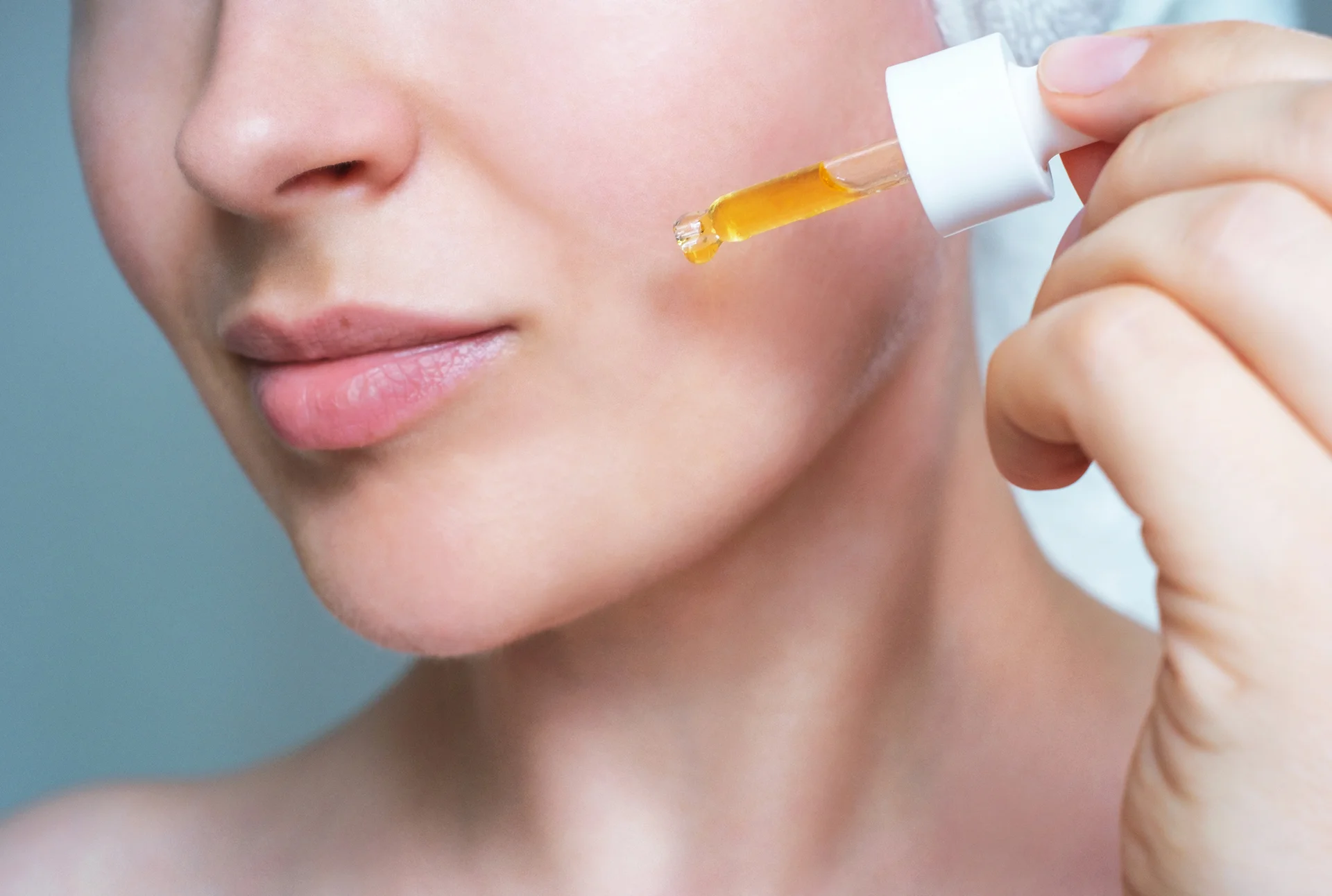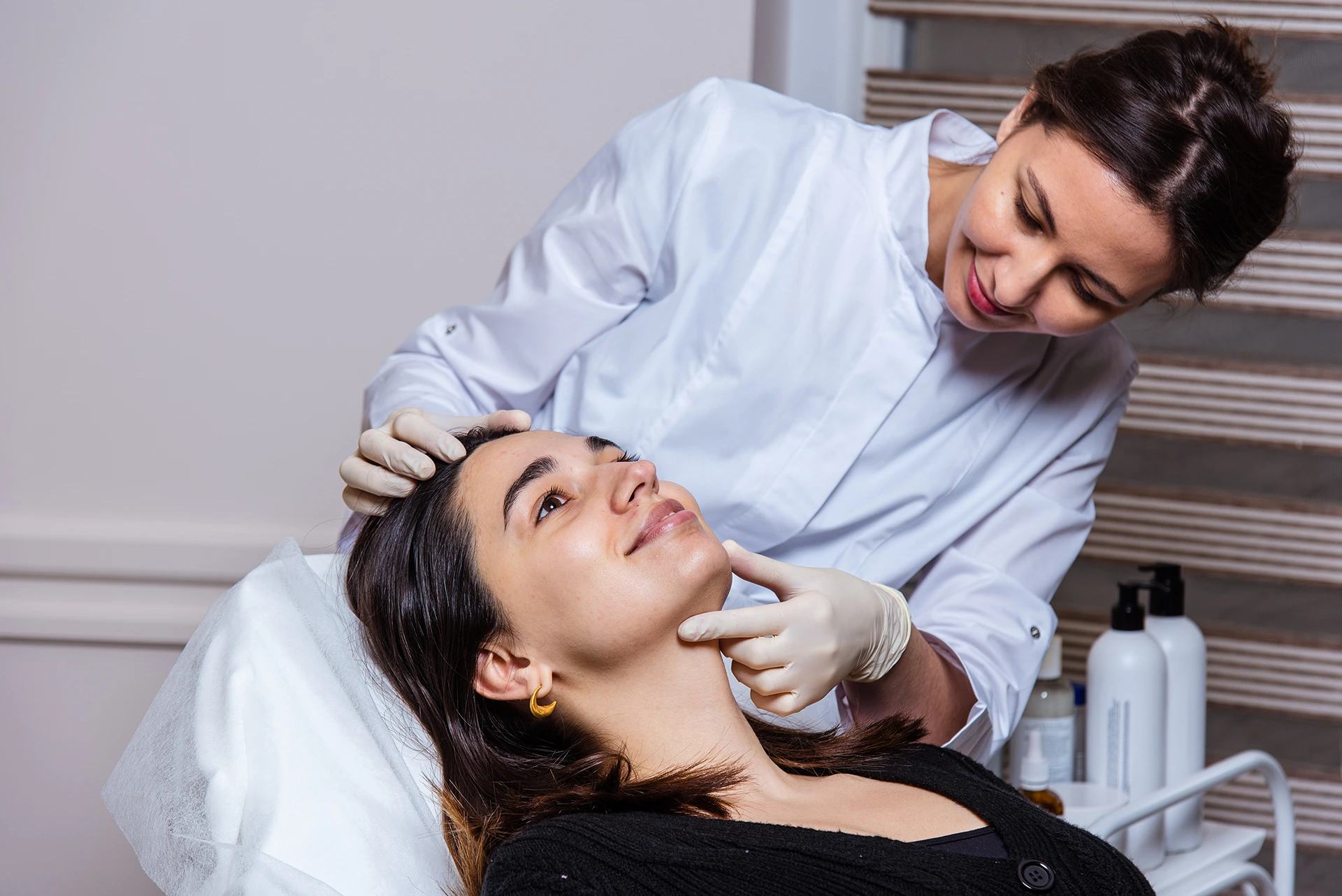Skin Care Decoded: Understanding the Science Behind Microdermabrasion and Dermaplaning
Dive into the fascinating world of skin care where treatments like dermaplaning and microdermabrasion stand as popular choices for individuals pursuing youthful, radiant skin.
These procedures, while both aiming to exfoliate and rejuvenate your skin, have distinctive ways of achieving their results. This comprehensive guide provides you with clear and concise insights into these two methods, outlining their processes, benefits, and potential drawbacks.
Skin Perfection: Dermaplaning and Microdermabrasion Explained
Dermaplaning and microdermabrasion are distinct skincare treatments that offer different approaches to improving skin health and appearance. While both procedures aim to rejuvenate the skin, they employ different techniques.
Dermaplaning utilizes a sterile, surgical blade to gently scrape away the dead skin cells, unveiling the fresh, vibrant layer beneath. This procedure also has the added benefit of removing vellus hairs or “peach fuzz” from the face.
Being a non-invasive and gentle treatment, dermaplaning poses less risk of skin irritation and is ideal for individuals with sensitive skin who might not tolerate more abrasive facial treatments well.
Contrarily, microdermabrasion involves an abrasive tool or crystal particles that are used to sand away the topmost layer of the skin, followed by a vacuuming process that eliminates dirt and debris.
While this process is more intense than dermaplaning, it can effectively address more severe skin conditions like deep-set wrinkles and stubborn acne scars.
Techniques and Tools Employed
Dermaplaning and microdermabrasion rely on different techniques and tools to rejuvenate the skin.
Microdermabrasion uses a special applicator with an abrasive surface to gently exfoliate the skin’s outer layer. It’s particularly suitable for individuals dealing with issues like hyperpigmentation, clogged pores, and dark spots.
In contrast, dermaplaning uses a surgical scalpel to delicately scrape away the upper layer of dead skin cells and vellus hair. This treatment is ideal for individuals with dry skin or those wishing to eliminate fine facial hair.
Procedure: What to Expect
Both dermaplaning and microdermabrasion are performed as in-office procedures, typically taking about an hour.
They’re usually carried out by licensed skincare professionals, with the need for a healthcare provider’s supervision varying from state to state. Neither treatment typically requires anesthesia or numbing agents.
Benefits of Dermaplaning and Microdermabrasion
Dermaplaning and microdermabrasion have proven effective in treating various skin conditions. They can help enhance the appearance of sun-damaged skin, wrinkles, and acne, and both can contribute to a smoother, brighter skin surface.
Microdermabrasion Benefits
Microdermabrasion is a popular cosmetic procedure due to its multiple benefits. By stimulating collagen production, this exfoliation technique can help rejuvenate the skin, giving it a youthful glow.
- Improved Skin Texture and Tone: By removing the outer layer of skin, microdermabrasion can smooth rough patches and even out skin tone, resulting in a more vibrant, youthful appearance.
- Reduced Fine Lines and Wrinkles: As an exfoliation technique, microdermabrasion stimulates collagen production, which can help reduce the appearance of fine lines and wrinkles.
- Acne and Acne Scar Reduction: Microdermabrasion can clean out clogged pores and reduce the appearance of superficial acne scars, leading to clearer skin.
- Enhanced Product Absorption: By removing the outer layer of dead skin cells, skincare products can penetrate more deeply, increasing their efficacy.
- Brightens Complexion: By revealing a fresh layer of skin, microdermabrasion can enhance the brightness of your complexion.
Dermaplaning Benefits
Dermaplaning is an effective procedure for individuals seeking a brighter, smoother skin surface. It’s great for people with sensitive skin as it’s non-invasive and chemical-free.
The removal of vellus hair (peach fuzz) alongside dead skin cells results in an immediate enhancement of skin texture and complexion. This procedure also improves the absorption of skincare products, ensuring that the skin gets the maximum benefit.
- Smooth Skin: By removing the topmost layer of dead cells and vellus hair (peach fuzz), dermaplaning provides immediate smoothness to the skin.
- Increased Absorption of Skincare Products: Similar to microdermabrasion, dermaplaning allows for better penetration of skincare products, thereby maximizing their effectiveness.
- Brightens Complexion: The removal of dead skin cells and peach fuzz allows for a brighter and more youthful complexion.
- Suitable for Sensitive Skin: As a gentle exfoliation method, dermaplaning can be ideal for individuals with sensitive skin types or those who cannot tolerate other abrasive facial treatments.
- No Chemicals Used: Dermaplaning does not involve the use of any harsh chemicals, making it a suitable choice for those preferring a more natural skincare treatment.
Side Effects: What to Keep in Mind
After the procedure, microdermabrasion and dermaplaning patients can typically go right back to their regular routine. However, some might experience mild side effects, which should disappear within a few hours.
Microdermabrasion Side Effects
Microdermabrasion is generally considered a safe procedure. However, certain side effects might occur. After treatment, the skin may also become more sensitive to the sun, making diligent sun protection necessary.
- Skin Redness: This is a common side effect of microdermabrasion and typically subsides within a few hours post-procedure.
- Skin Sensitivity: The skin might feel tender or sensitive following the treatment. This is usually temporary and eases up within a day or so.
- Dry or Flaking Skin: Some individuals might experience dry or flaking skin after microdermabrasion as the skin heals and rejuvenates.
- Sun Sensitivity: After undergoing microdermabrasion, the skin can be more susceptible to sun damage. It’s crucial to protect the skin with a high-SPF sunscreen.
Dermaplaning Side Effects
Dermaplaning is a gentle skin treatment, but it can still result in side effects. These side effects are usually temporary and subside within a few days. Similar to microdermabrasion, dermaplaning can also increase the skin’s sensitivity to the sun, emphasizing the need for vigilant sun protection post-treatment.
- Skin Redness: Similar to microdermabrasion, skin redness is a common, usually temporary, side effect of dermaplaning.
- Slight Skin Irritation: Although dermaplaning is gentle, it might cause slight skin irritation or sensitivity in some individuals.
- Whiteheads: In some cases, the procedure can cause a minor breakout or whiteheads.
- Sun Sensitivity: Like microdermabrasion, dermaplaning can increase sun sensitivity. Protecting the skin with broad-spectrum sunscreen is important post-procedure.
The Results: What to Expect

The results of both dermaplaning and microdermabrasion are immediately visible, although achieving the desired improvements often requires multiple treatment sessions.
As the skin continues to age and gets exposed to environmental factors, the effects of these treatments are temporary.
Dermaplaning can be also beneficial for those with acne scarring and hyperpigmentation.
Aftercare: Maintaining Your Results
To maintain your results and protect your skin after either treatment, it’s crucial to avoid direct sun exposure and use broad-spectrum sunscreen.
Additionally, harsh skincare products and exfoliants should be avoided for a few days post-treatment.
It’s also recommended to apply skin serums, especially those with hyaluronic acid, following the procedure.
Cost and Downtime: Microdermabrasion vs. Dermaplaning
When deciding between dermaplaning and microdermabrasion, the cost and the downtime associated with each treatment are essential factors to consider.
Cost of the Treatments
The cost of microdermabrasion and dermaplaning can vary significantly based on the provider and geographical location.
It’s worth noting that not all states permit estheticians to perform dermaplaning, meaning you might need to consult with a dermatologist or plastic surgeon for this treatment.
Downtime Post-Treatment
Both microdermabrasion and dermaplaning have the significant advantage of minimal downtime.
Post-procedure, you can generally resume your normal routine, although some mild redness, swelling, and tenderness might be experienced, which typically subside within a few hours.
Considering Dermaplaning or Microdermabrasion? Who Should and Who Shouldn’t
Skincare treatments like dermaplaning and microdermabrasion are popular choices for a lot of people looking for a fresh-faced glow. But, they might not be suitable for everyone.
Let’s dive into who should consider these treatments and who might want to think twice.
Microdermabrasion: Perfect for Some, Not for Others
Microdermabrasion is a hit with many, but it might not be the best fit if:
- You’re dealing with bad acne: Microdermabrasion might make your acne worse instead of better.
- You’ve had a skin treatment recently: Had a chemical peel or collagen injection? You should wait a few weeks before going for microdermabrasion.
- You have cuts, bruising, swelling, or other injuries on your skin: Wait until your skin has healed before getting microdermabrasion.
- You’ve had surgery: You need to wait six months after a minor operation and two years after a major one before getting microdermabrasion.
- You’ve used certain skincare treatments: If you’ve waxed, had laser treatments, facials, or other treatments, wait seven days before opting for microdermabrasion.
Dermaplaning: Great for Many, but Not for All
Dermaplaning can work wonders, but there are a few cases where you might want to reconsider:
- Active acne or cold sores: Cold sores are contagious and can spread, so avoid dermaplaning until they’re completely healed. Active acne might cause severe infection or irritation. So, hold off on dermaplaning until your skin has cleared up.
- Certain skin conditions: You might want to pass on dermaplaning, if you’re dealing with:
- Flat warts
- Skin cancer
- eczema
- dermatitis
- rosacea
- scleroderma
- impetigo
- You have a sunburn: Wait until your skin has healed before going for a dermaplaning treatment.
- You’re dealing with certain health conditions: Hemophilia, uncontrolled diabetes, and epilepsy could make dermaplaning unsuitable for you.
- You’re undergoing cancer treatment: Your skin might be more sensitive during this period, making dermaplaning less advisable.
Always chat with a skincare professional before making a decision. They can help you decide whether dermaplaning or microdermabrasion is the right fit for you, ensuring that your skin gets the best possible care.
Conclusion
Dermaplaning and microdermabrasion each offer unique approaches to enhancing skin health and appearance.
While dermaplaning presents a gentle alternative suited for sensitive skin types, microdermabrasion employs a more rigorous method, addressing deeper skin concerns like stubborn acne scars and wrinkles.
Choosing the best treatment hinges on understanding your skin type and concerns, and often consulting with a professional. Remember, each journey towards skin health is unique – yours is no exception.
Achieve Smoother, Brighter Skin with Dermaplaning at CosMedic LaserMD

Seeking smoother, brighter skin? Experience the magic of dermaplaning at CosMedic LaserMD. This treatment not only reveals a fresh, radiant layer of skin but also enhances the effectiveness of your skincare products.
Don’t wait, book your appointment today for a rejuvenating transformation!







